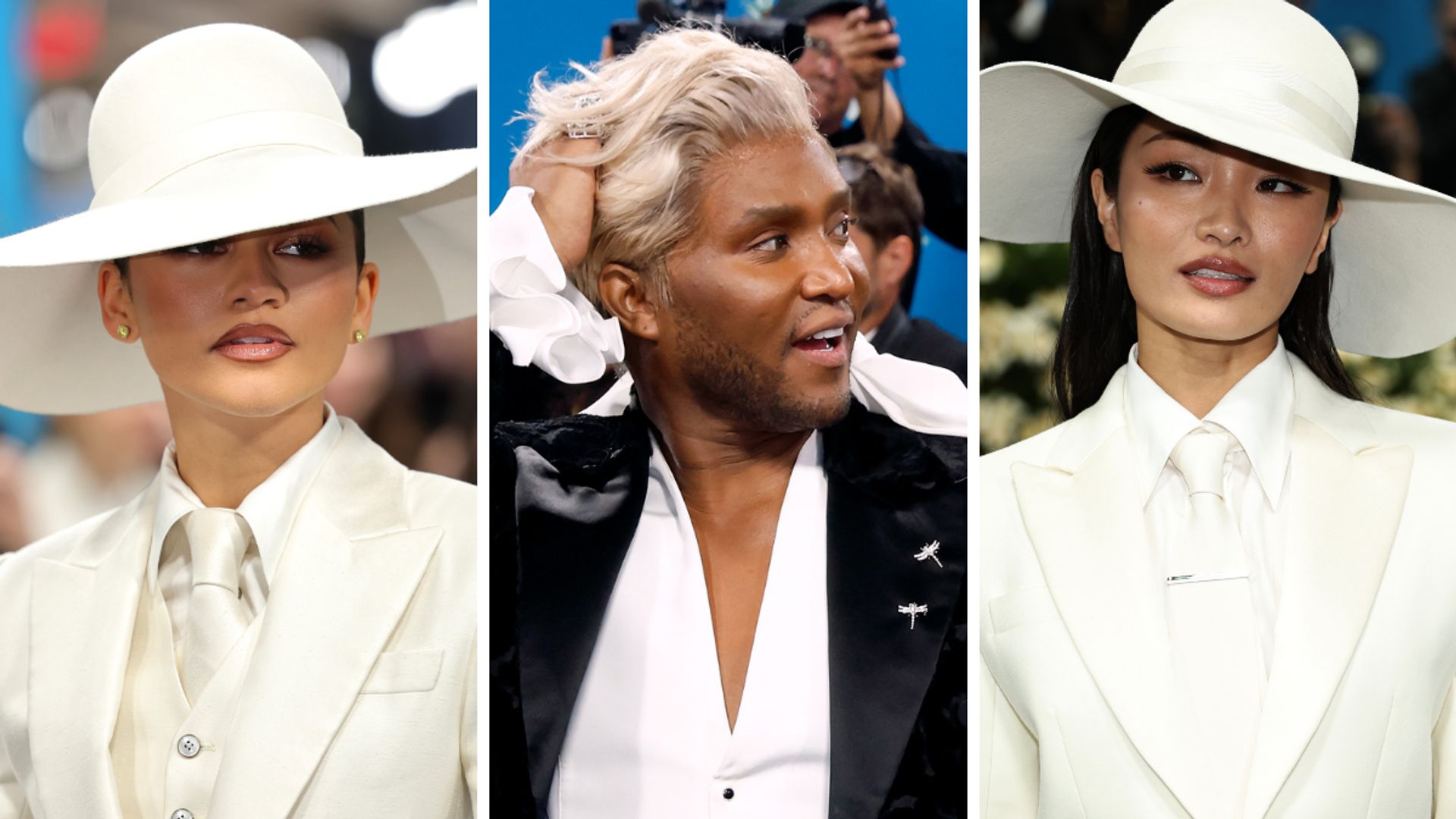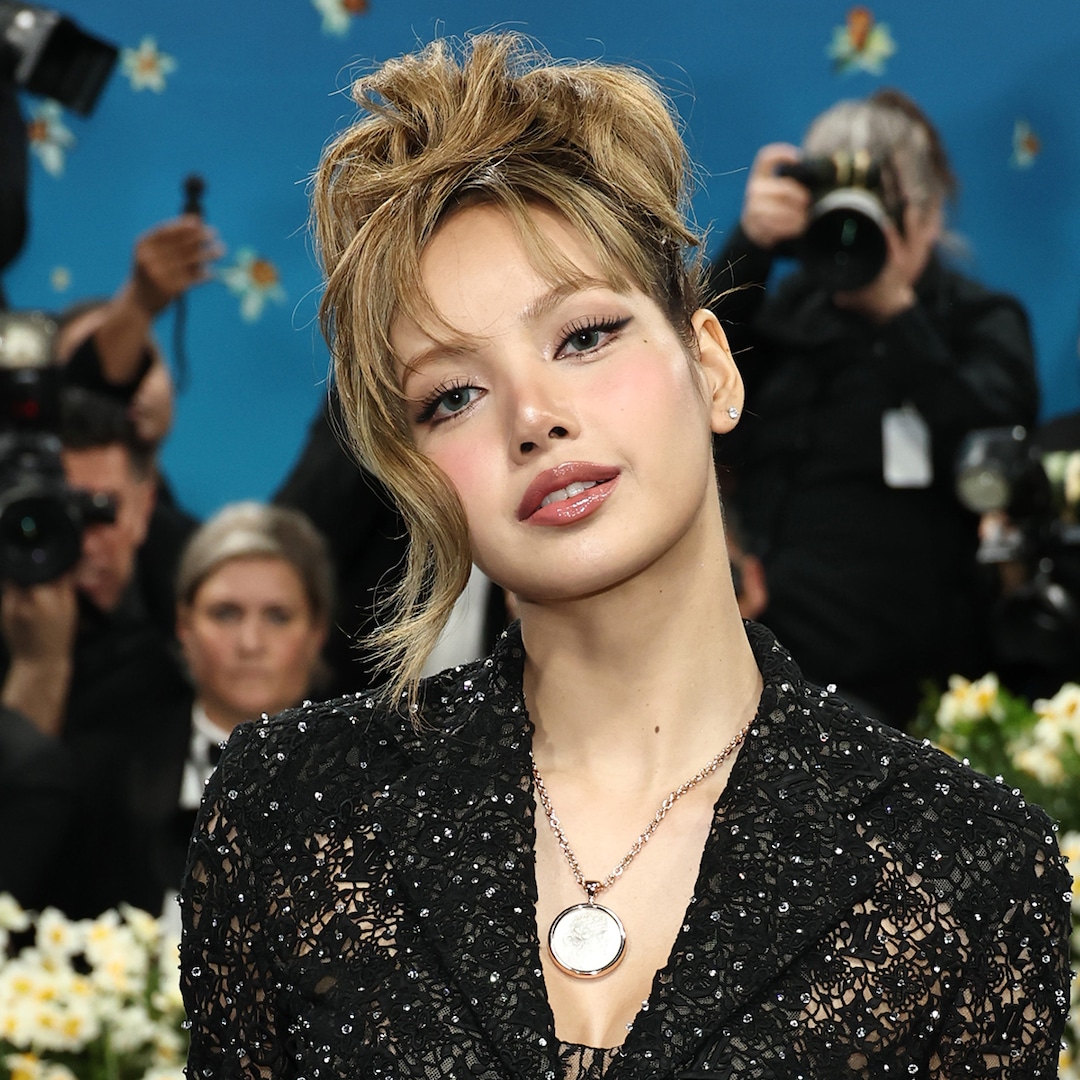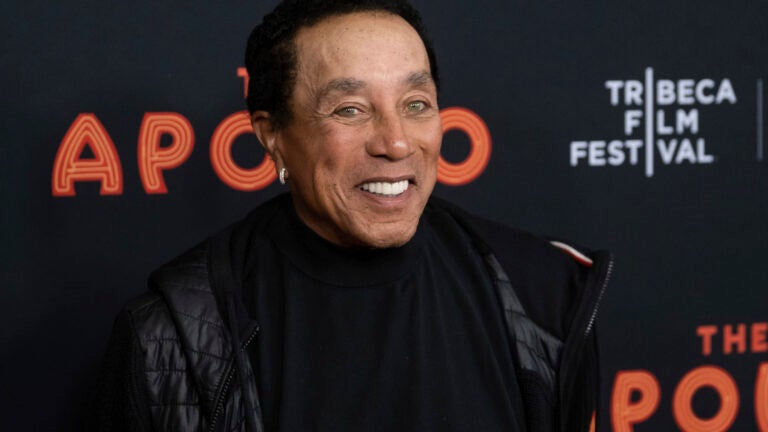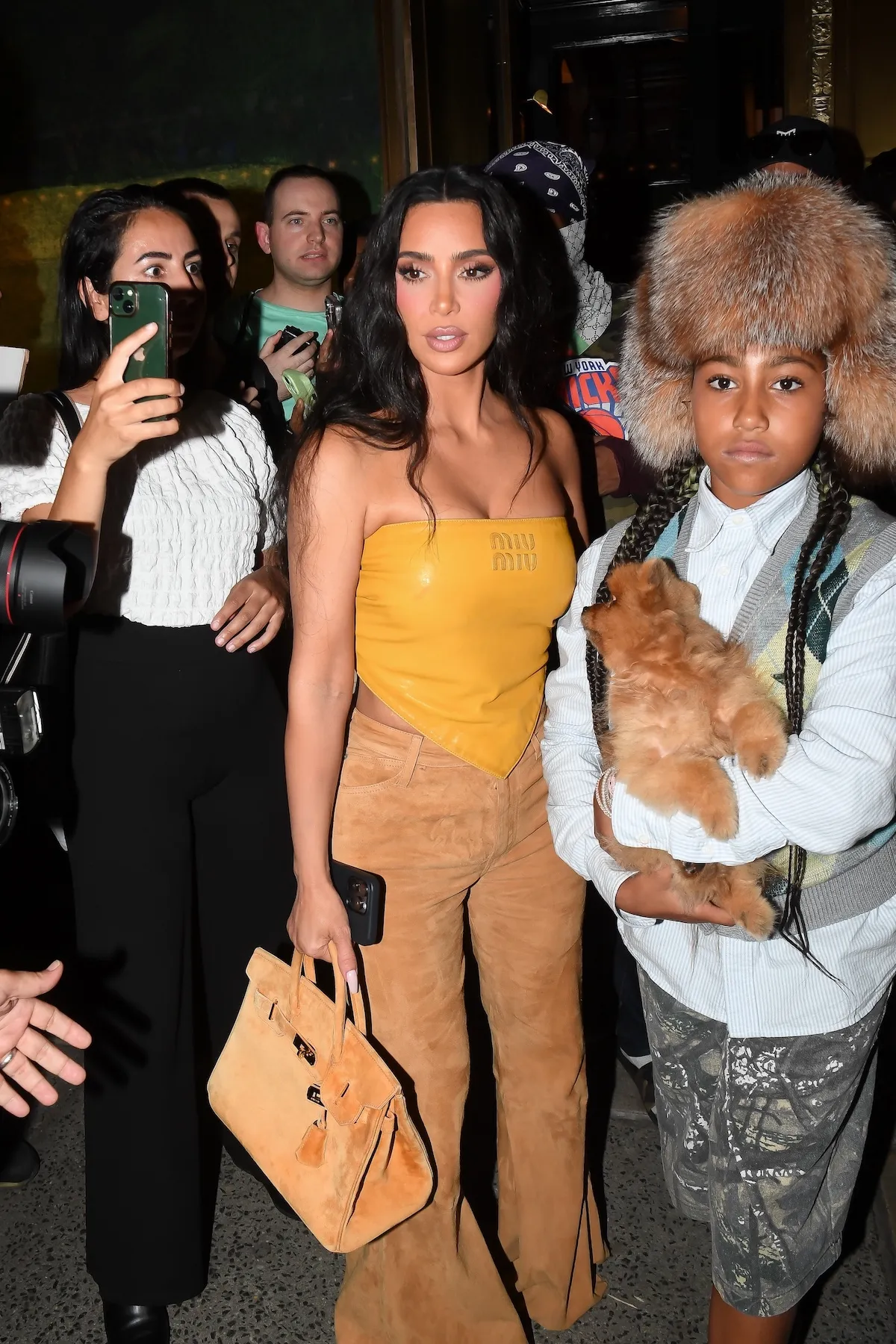Why ‘Avengers: Doomsday’ Might Work Out After All
I’d like to start out by saying I’m an MCU believer. The rest of the world may be done with the Marvel Cinematic Universe, and with just cause after misses like Quantumania, She-Hulk, a…

I’d like to start out by saying I’m an MCU believer. The rest of the world may be done with the Marvel Cinematic Universe, and with just cause after misses like Quantumania, She-Hulk, and Secret Invasion, or even after mid-tier products like Brave New World or Multiverse of Madness. However, I got into Marvel Comics in 1991, and here I am 34 years later, and I still buy them, love them, and get excited whenever a new MCU film is announced or is released.
Because when you love something with all your heart, you love it for life. So while folks may say Marvel has lost it (I hope you’ll excuse my best Nicepool impression), I’ll say I don’t believe it ever left. In other words, I still love the MCU and have hope for the future.
This brings us to the Marvel Studios’ main event of 2026: Avengers: Doomsday. As a mega crossover film, Doomsday marks the beginning of the end for the hit-and-miss Multiverse Saga that kicked off in 2021. The marketing blitz has begun, with a five-hour livestream of (sigh) chairs that garnered mixed to negative reception from many. Yet, as tedious as the announcement may have felt, it worked in spades! It went viral as hell, garnering 275 million views for the entire duration of the broadcast. Even I can’t deny I had the window minimized all five freaking hours as I was working, dropping everything to maximize it whenever the music swelled up and a new chair arrived.
Regardless of the reaction to the stunt, one thing is certain: it generated buzz and conversation on a level we haven’t seen since Endgame or Spider-Man: No Way Home. Since the announcement, fans are talking about return of the X-Men of the early Fox films. Scoopers are chomping at the bit to try and get leaks of James Marsden and Ian McKellen on set. Speculation is running wild that we may get Moon Knight too. Following CinemaCon, and comments from Kevin Feige, theories have run rampant about another wave of announcements, potentially including the likes of unannounced MCU alumni like Chris Evans, Hayley Atwell, Brie Larson, Iman Vellani, or OGs like Halle Berry’s Storm, or the return of Hugh Jackman and Ryan Reynolds. The point being, the excitement is still there.
With excitement comes concerns. The Russos haven’t made a good movie since Endgame. The cast is incredibly huge. And given the scattered nature of The Multiverse Saga, many are concerned about how anything could possibly feel earned without coherent buildup. But I have a feeling Marvel Studios is aware of all of these fears from their fans, and I have a strong, speculative suspicion that everything is going to work out just fine.
SAN DIEGO, CALIFORNIA – JULY 27: Robert Downey Jr. speaks onstage during the Marvel Studios Panel in Hall H at SDCC in San Diego, California on July 27, 2024. (Photo by Jesse Grant/Getty Images for Disney)
I believe for Doomsday, Marvel Studios only wants us to focus on the bangers from this post-Endgame era. We’re talking No Way Home, Loki, and one of the most crucial linchpins of the saga, Deadpool and Wolverine. After all, why would they want you to remember the failures right? Frankly, that may be all that is needed in order to go into Doomsday.
While reception for most of the Multiverse Saga has been mixed, the three titles mentioned above garnered terrific reviews. All three of them were also huge successes, with No Way Home and Deadpool and Wolverine crossing that coveted $1 billion box office mark, and Loki being one of the few projects of the era universally praised among fans across both seasons, with stellar ratings for Disney+. Most importantly, all three introduced and streamlined the understanding of the multiverse and variants to all audiences. In other words, folks coming into this dense and confusing saga really just need to watch these three projects to understand the basics about how The Marvel Multiverse works. Here’s why: (SPOILERS FULL SPEED AHEAD).
Tom Hiddleston as Loki in Marvel Studios’ LOKI, Season 2, exclusively on Disney+. Photo courtesy of Marvel Studios. © 2023 MARVEL.
Loki kicked off key elements of the Marvel Multiverse mythology. The mainstream MCU continuity, a.k.a. “Earth-616” (though personally I’m against calling it that since 616 is the comics continuity established since the 1960s, and the MCU Earth was previously referred to as Earth-199999, but anyway), is The Sacred Timeline. The Time Variance Authority is the organization monitoring and policing The Sacred Timeline. The TVA went around pruning variants and timelines until Loki rose up and became the God of The Multiverse to ensure any and all timelines can still co-exist.
Spider-Man: No Way Home further dove into the details of the Marvel Multiverse, officially connecting The Sacred Timeline with previous iterations of Marvel big screen adaptations. This confirmed that legacy films like Sam Raimi’s Spider-Man trilogy and Mark Webb’s The Amazing Spider-Man films were all part of this multiverse, and Tobey Maguire, Andrew Garfield, and Tom Holland were confirmed to all be unique variants of Peter Parker with unique personalities and backstories (as well as actors/faces).
(L-R): Hugh Jackman as Wolverine/Logan and Ryan Reynolds as Deadpool/Wade Wilson in 20th Century Studios/Marvel Studios’ DEADPOOL & WOLVERINE. Photo courtesy of 20th Century Studios/Marvel Studios. © 2024 20th Century Studios / © and ™ 2024 MARVEL.
Which brings us to Deadpool and Wolverine. When this huge hit came out last year, we were three years into The Multiverse Saga, and the rules had been established. Audiences clearly had no problem following the storyline, as the TVA (and Deadpool’s abuse of his own timeline) officially connected the MCU to the 2000s-era Fox X-Men movie universe. However, Deadpool and Wolverine took that mythology one step further by introducing three *huge* concepts: 1.) The existence of anchor beings; 2.) the idea that the death of an anchor being facilitates the organic destruction of a universe, and 3.) as Deadpool miraculously proves, introducing a variant of an anchor being into a dying universe can somehow save that universe — something even the TVA didn’t realize was possible, given B15’s surprise at the finale of that film.
Now, despite some uneven buildup to the climax, the above three projects are the only ones that audiences should need to have seen to understand the rules of The Marvel Multiverse. Here’s where it gets a bit theoretical: it’s possible these rules will be critical to explaining Robert Downey Jr.’s Victor Von Doom. Let’s look at some of the clues The Russos and company have been dropping.
Going back to Deadpool and Wolverine, we saw that the original X-Men movie-verse was doomed because of Wolverine’s death in 2017’s Logan. In the same way, The Sacred Timeline could actually be dying slowly because of the death of Tony Stark in Endgame. Stark was crucial in assembling The Avengers; he was crucial in bringing back 50% of all life in the universe; and lastly, he was crucial in stopping Thanos and saving the entire universe. His loss is a huge one to this universe (and in a meta-twist of fate, the franchise). Now, if you’ll recall, Mr. Paradox referred to Logan’s death in his eponymous 2017 film as “an act of self-sacrifice so epic that it sent shivers down the timeline.” The same can be said about Tony’s death, and its impact on the entire Sacred Timeline.
Now, say this is true, and The Sacred Timeline is dying slowly. Given what we found out in Deadpool and Wolverine, if the death of a universe can be saved by replacing one anchor being with a variant from another universe, as Wade did with Logan, perhaps it stands to reason that if the MCU’s Tony Stark was a true anchor being, replacing him with another variant of Tony could theoretically save The Sacred Timeline from dying. This would be where a variant of Tony that’s actually Victor Von Doom could accidentally or nefariously (if Doom actually is the one who hatches this plan) be brought in. This would make it narratively critical for RDJ to return, and would validate the Russos’ confirmation that Tony’s death in Avengers: Endgame is a significant part of the story involving Doom.
SAN DIEGO, CALIFORNIA – JULY 27: Robert Downey Jr. attends the Marvel Studios Panel in Hall H at SDCC in San Diego, California on July 27, 2024. (Photo by Jesse Grant/Getty Images for Disney)
From an audience perspective, the only rules audiences would need to understand to follow along would be the rules set up in Loki and Deadpool and Wolverine. The multiverse and variants of the characters from the MCU exist, and anchor beings exist and, when they die, so do their respective universes. However, if an anchor being is replaced, there’s a chance to save one’s universe. That’s all present in two of the most successful projects from The Multiverse Saga. Which is why narratively, Doomsday could work!
The next question becomes, what about from an emotional standpoint? How can we be invested in what’s going on in Doomsday if we aren’t invested in the characters? The thing is, what if we are? What if we have been this whole time?
Yelena Belova (Florence Pugh) in Marvel Studios’ THUNDERBOLTS*. Photo courtesy of Marvel Studios. © 2025 MARVEL.
The Multiverse Saga, while not perfect, established something important outside of the rules of The Marvel Multiverse: the introduction of new characters that fans ultimately ended up embracing. While projects like Black Widow may have left fans wanting on a narrative level (given lukewarm reviews), can anyone say they don’t care about Florence Pugh’s Yelena Belova or even David Harbour’s Red Guardian? Pugh’s performance as Yelena was one of the widely-acclaimed aspects of the film. The same can be said about Tenoch Huerta Mejia’s Namor. And perhaps, the best hero introduction to come from this era, Simu Liu’s Shang-Chi.
Even if some of the recent films like Thor: Love and Thunder (which I’ll still defend!), Brave New World, and Quantumania haven’t hit for many, most have been invested in Thor, Captain America, and Ant-Man. These characters have been part of the franchise for over a decade, and as lukewarm as some recent projects have been, these characters have always been likable and are firmly part of the MCU.
How can you not like Scott Lang, or Paul Rudd’s portrayal of him? That never stopped, no matter how mid Quantumania was. Sam Wilson fought hard to earn the respect of a country who refused to see him as Captain America. Thor is one of the last six OG Avengers remaining, and corny jokes aside, we cared and felt for him as he watched Jane Foster die. As for the Wakandans, Wakanda Forever, for me, was one of the best projects in this recent era of the MCU. So the investment is there, in the characters we always felt for, and as the emotional stakes increased for the characters we didn’t know (e.g. Yelena, Shang-Chi, Namor, etc.).
A scene from Marvel Studios’ Black Panther: Wakanda Forever. Photo courtesy of Marvel Studios. © 2022 MARVEL.
But what of the surprise announcements? That is to say, the X-Men. Thanks to the same rules that automatically got us invested in the stories of Tobey Maguire and Andrew Garfield’s variants in No Way Home, as well as Hugh Jackman’s version of Logan in Deadpool and Wolverine, there is an established emotional connection to Patrick Stewart, Ian McKellen, James Marsden, Alan Cumming, Rebecca Romijn, Kelsey Grammer, and Channing Tatum (if mainly for nostalgic reasons). The “crisis” for these characters is their universe being wiped out completely, and as such there is an automatic investment in their collective well-beings.
This leaves one set of newbies that audiences have yet to connect with, but will have the opportunity to see this summer: the Fantastic Four. Marvel Studios has always had confidence in audiences embracing unknown ensembles, for better (Guardians) and worse (R.I.P. sweet Eternals). So The Fantastic Four: First Steps might still be a gamble. This is especially true if Doom is the big bad for the MCU going forward — logically, Reed Richards would be his mortal nemesis, and the one character audiences would have to connect with above all for this entire story to work. However, given not only years of material to work with, but also an insanely talented and charismatic cast, I’m not too concerned with audiences’ abilities to fall in love with Marvel’s First Family before Doomsday.
(L-R): Ebon Moss-Bachrach as Ben Grimm/The Thing, Vanessa Kirby as Sue Storm/Invisible Woman, Pedro Pascal as Reed Richards/Mister Fantastic and Joseph Quinn as Johnny Storm/Human Torch in 20th Century Studios/Marvel Studios’ THE FANTASTIC FOUR: FIRST STEPS. Photo courtesy of 20th Century Studios/Marvel Studios. © 2025 20th Century Studios / © and ™ 2025 MARVEL.
Realizing of course that I’m a Marvel hardcore, and no matter what, I’m addicted to whatever Kool-Aid they’re pumping through my veins (except for She-Hulk and Secret Invasion, really), on the whole I do think the skepticism behind Avengers: Doomsday, while valid, may be assuaged come this time next year. If Marvel does the bare minimum, and coasts entirely on the strengths and charms of the casts and the established characters we’ve become endeared to, and simplifies the homework to only involve the rules set up in Loki, No Way Home, and Deadpool and Wolverine, then Avengers: Doomsday might just be saved, and The Multiverse Saga may conclude with dignity.
I believe they can pull it all off. No matter what, Make Mine Marvel! Excelsior!









)











